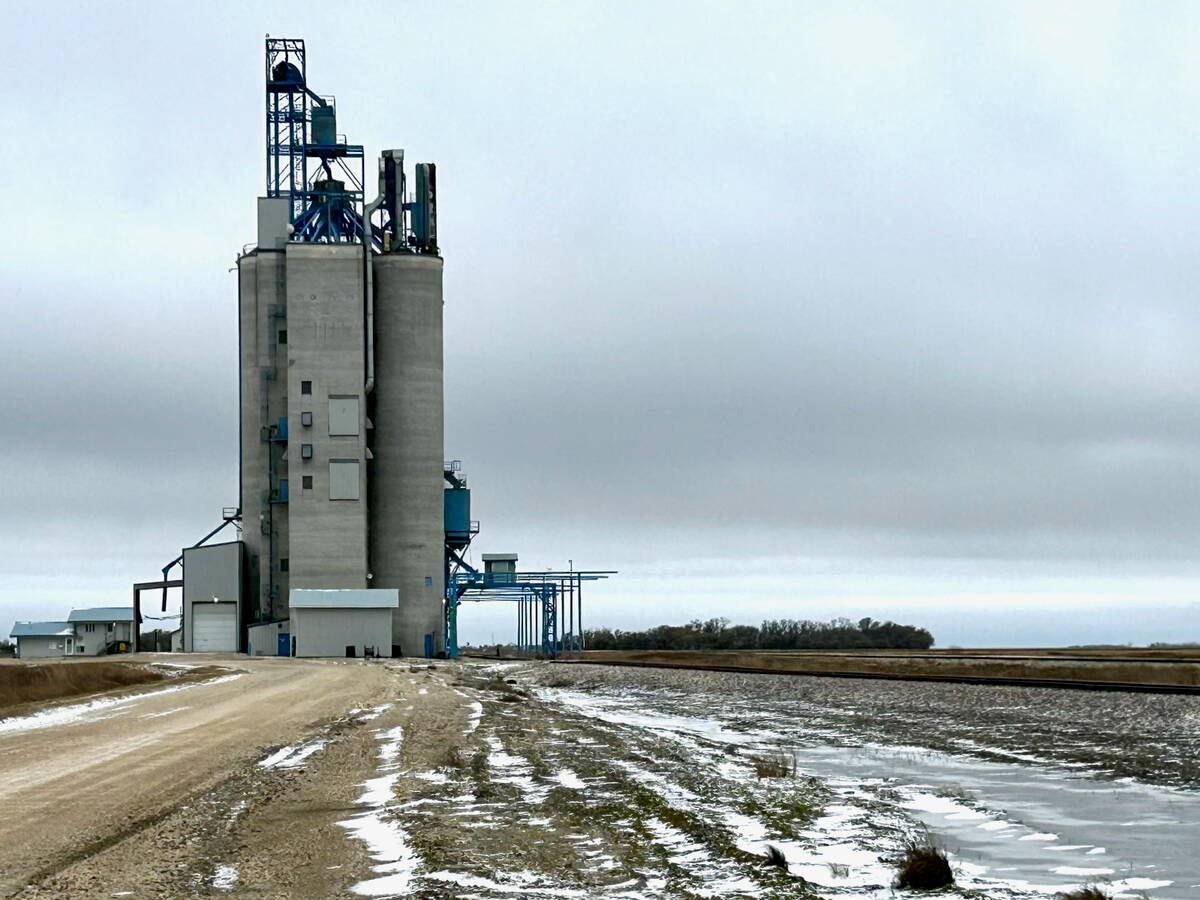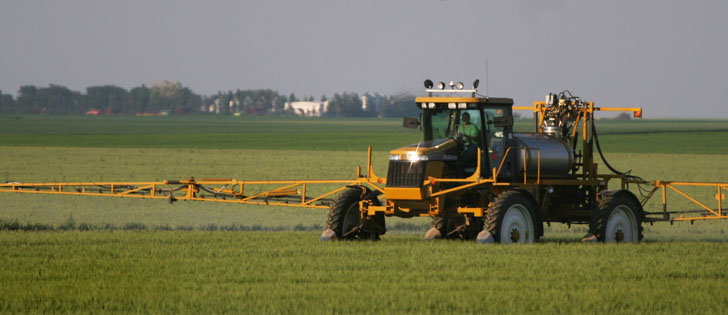Reynald Gauthier says all is not lost for growers confronted by flooded fields.
He sells a crop that might work for them.
“Millet right now is probably the only option that they have, being it’s getting late,” he said. “You can seed millet until about July 20 for cow feed.”
Gauthier, who owns Millet King Seeds of Canada Inc. in St. Claude, Man., said seeding that late would probably result in half of a normal millet crop, but that might be a better option than summerfallow.
Read Also

Manitoba grain elevator ownership expands
Carman-based Linear Grain buys Fannystelle elevator from Bunge, another three elevators sold to Morden’s BP & Sons Grain and Storage Inc.
Growers who can get on their fields by July 5 might be able to produce seed for the birdseed market and straw for their cattle. If not, it could be a good swath grazing option.
“Cows just love millet,” said Gauthier.
Grant McLean, a cropping management specialist with Saskatchewan Agriculture, said millet could be an option for growers in eastern Saskatchewan, where there has been considerable flooding.
“Certainly individuals have in the past used that as a late season alternative to oats, particularly for forage,” he said.
Millet is a C4 crop like corn and sorghum that can be planted late and will thrive under hot and dry conditions. However, the crop will have trouble competing with the weeds if July and August are cool and damp.
“In its initial stages, it’s a pretty wimpy little thing,” said McLean.
There can also be nutritional problems for cattle that eat the crop if it freezes in the fall.
Farmers will have to weigh whether they want to experiment with planting a late-seeded crop like millet or leave their flooded land unplanted until the fall, when they can seed fall rye or winter wheat, said McLean.
Gauthier sells his millet seed for 40 cents per pound. Growers will need to seed at a rate of 30 lb. per acre for a total cost of $12 per acre. Seed sales were disappointing this spring so he has enough left over supply to plant 30,000 acres of the crop.
A millet crop could yield 32 bushels per acre under ideal growing conditions, which would result in a potential return of $7.50 per bu. based on a price of 15 cents per lb. if the seed was sold into the birdseed market.
Gauthier said the crop is ideally suited for seeding on summerfallow or a flooded canola field, in which case it would require 60 lb. of nitrogen per acre. The crop would need 75 lb. per acre if seeded on stubble.















